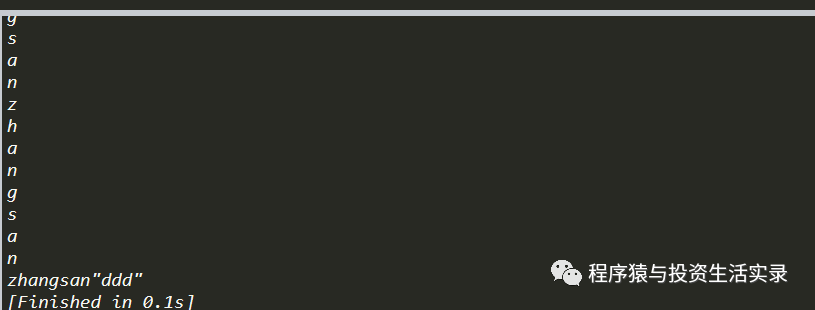Python中統計字符串中字母個數的方法有多種,下面我會詳細介紹一些常用的方法。
方法一:使用循環遍歷字符串
該方法通過循環遍歷字符串中的每一個字符,并判斷是否為字母來統計字母個數。代碼如下:
def count_letters(string):
count = 0
for char in string:
if char.isalpha():
count += 1
return count
string = "Hello, World!"
letter_count = count_letters(string)
print("字符串中字母個數為:", letter_count)
該方法通過循環遍歷字符串中的每一個字符,使用isalpha()方法判斷字符是否為字母,如果是,則計數器加一。循環結束后,返回計數器的值。
方法二:使用正則表達式
正則表達式是一種強大的文本模式匹配工具,可以用于字符串的高級操作,包括統計字母個數。下面是使用正則表達式統計字母個數的方法:
import re
def count_letters(string):
pattern = r'[a-zA-Z]'
count = len(re.findall(pattern, string))
return count
string = "Hello, World!"
letter_count = count_letters(string)
print("字符串中字母個數為:", letter_count)
該方法使用re.findall()函數和正則表達式模式[a-zA-Z]來找到字符串中的所有字母,并返回匹配到的列表。通過len()函數來獲取列表的長度,即字母個數。
方法三:使用內置函數filter()
Python的內置函數filter()可以根據指定的條件過濾序列,可以通過傳入字母定義的匿名函數來統計字母個數。代碼如下:
def count_letters(string):
count = len(list(filter(lambda x: x.isalpha(), string)))
return count
string = "Hello, World!"
letter_count = count_letters(string)
print("字符串中字母個數為:", letter_count)
該方法使用匿名函數lambda結合filter()函數過濾出所有字母,并使用len()函數獲取過濾結果的長度,即字母個數。
方法四:使用字符串的join()和isalpha()方法
該方法先將字符間插入一個空白字符,然后使用字符串的isalpha()方法來判斷是否為字母,最后通過空白字符的個數統計字母的個數。代碼如下:
def count_letters(string):
space_count = string.count(" ")
letter_count = len(string) - space_count
return letter_count
string = "Hello, World!"
letter_count = count_letters(string)
print("字符串中字母個數為:", letter_count)
該方法使用count(" ")來統計空白字符的個數,然后用字符串的長度減去空白字符的個數即為字母的個數。
以上是一些常用的方法來統計字符串中字母的個數,根據不同的需求可以選擇適合的方法來使用。希望這些方法對你有所幫助。
-
計數器
+關注
關注
32文章
2261瀏覽量
94984 -
字符串
+關注
關注
1文章
585瀏覽量
20603 -
代碼
+關注
關注
30文章
4827瀏覽量
69054 -
python
+關注
關注
56文章
4807瀏覽量
85039
發布評論請先 登錄
相關推薦




 python如何統計字符串中字母個數
python如何統計字符串中字母個數












評論